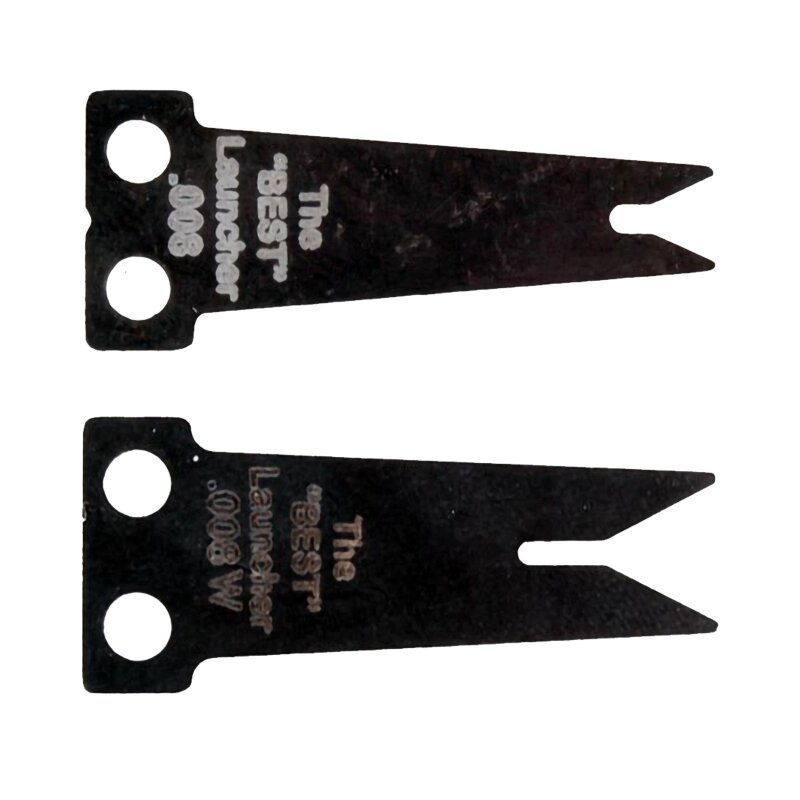
While most hunters draw 40 to 55 pounds pounds. Most target archers use draw weights between 35 and 45 pounds. You must be able to control the bow through the shot. With a recurve, it’s not enough to be able to pull the bow back. If you start shaking after five seconds, then your draw weight is too heavy. How do you know if your draw weight is too high? Here’s a simple test. As a general rule of thumb, add 2.5 pounds for every inch above 28 inches, and subtract 2.5 pounds for every inch below 28. So, if your bow is 40 pounds and you have a 26-inch draw length, the bow’s draw weight won’t be 40 pounds. Most bow draw weights are rated at 28 inches of draw length. Recurve and longbows gain draw weight as they are pulled back. The “at your draw length” portion is an important thing to note. I recommend new archers start with a draw weight under 35 pounds at their draw length. Even if you’re already shooting a compound bow, you’ll want to start with a much lighter draw weight than you currently shoot. The most common mistake new recurve archers make is buying a bow with too heavy of a draw weight. So, if your bow has a 25-inch riser you can shoot a 66-inch bow with a draw length less than 27 inches. Just add or subtract the difference in riser length to the lengths above. But, you can use those recommendations as you increase or decrease your riser length. Those recommendations are for hunting-length recurves. If your draw length is longer than 31 inches, consider going to a 21-inch riser with long limbs for a 66-inch bow.60-inch bow: Less than 27 inch draw length.If you cannot find that info, here are my recommendations for a three-piece recurve with a 19-inch riser. So how do you know what length bow to buy? Manufacturers and custom builders usually have charts with recommended bow lengths for draw length ranges. That’s a huge range of bow lengths, but it’s important to realize that the bows on either end of that range have very different designs and riser lengths. I have a 30-inch draw length, and I shoot bows from 62-inches to 74-inches long. You’ll lose performance if your bow is too long for your draw length, and if your bow is too short for your draw length, it will be difficult to shoot and won’t be smooth to draw. Your bow length and draw length are linked together. The most important factors are that the bow fits you properly and helps you achieve your goals. There are very few rules in buying a recurve bow because so much of the decision will be up to your personal preference.
#SPRINGY REST FOR RECURVE HOW TO#
How to Choose a Recurve Bow The author takes aim at a 3D target.

See here for different ways to work with different clients. You can configure rest template to use, say, OkHttp Client under the hood. No third-parties are required, but performance is not so good. Now when it comes to connection pooling, by default it doesn't use any kind of pooling and just opens URL connections available in Java anyway.

RestTemplate does not do an actual rest call by itself, its just a "wrapper" - a convenient API.


 0 kommentar(er)
0 kommentar(er)
